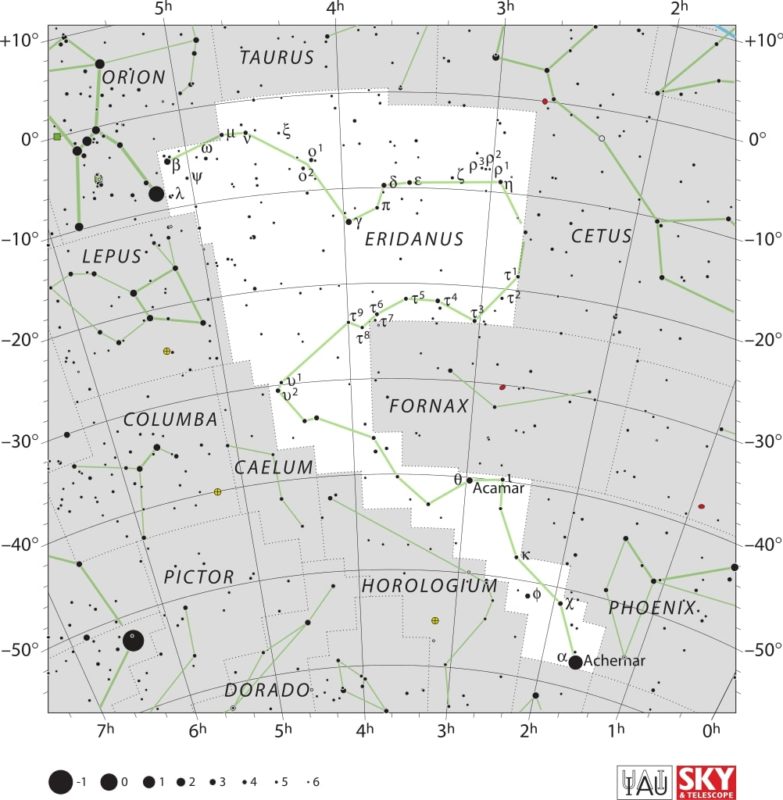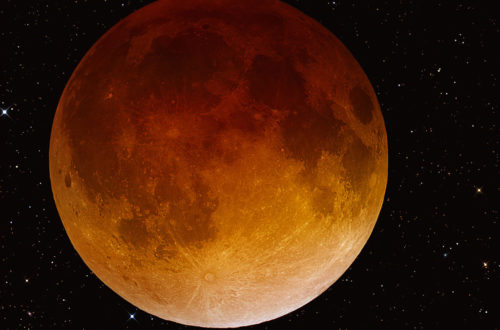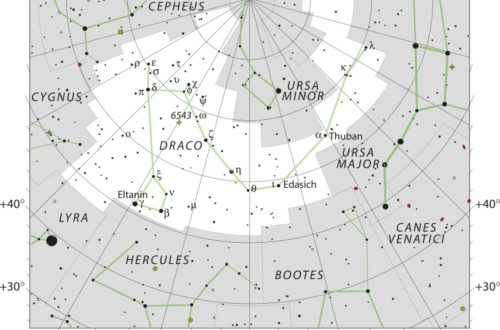Eta Eridanid Meteor Shower Viewing Tips

The Eta Eridanid meteor shower shows up each year between July 31 and August 19, with its peak happening on August 8. The shower gets its name from the star Eta Eridani in the constellation Eridanus, where the meteors seem to start.
People in the Southern Hemisphere get the best views, but some meteors can show up in the Northern Hemisphere. Eta Eridanids meteors move pretty fast, often leaving bright trails that last a few seconds.
The number of meteors per hour tends to be low, but the shower still draws interest from sky watchers. To help you spot it or learn more, the next sections break down key facts and tips.
What Are Eta Eridanids?
The Eta Eridanids are one of the more obscure meteor showers, but it’s worth the time to scan the sky for their short-lived yet recognizable trail. Meteors create a stunning show across the night sky, peaking from late July through mid-August.
Defining This Elusive Meteor Shower
The Eta Eridanids are an infrequent and variable meteor shower. Their peak occurs on August 8. Most meteors flash across the sky at around 64 km/s, making for quick, brief streaks of light.
Viewing this shower can seem like a wash—no high-pressure deluge of meteors, just a smattering of quick, ephemeral streaks. For those who do see it, the view is melancholy and somewhat elite.
Locating the Radiant Point
To find their source, look near the star Eta Eridani in the Eridanus constellation. Knowing the radiant helps you spot the real Eta Eridanids and not confuse them with stray meteors. Eridanus runs low in the southern sky, winding like a river.
Parent Body
Parent bodies of meteor showers, such as the Eta Eridanids, are remnants of much larger celestial objects. These parent bodies are usually comets or asteroids that leave behind trails of dust or debris in their wake as they cross the solar system. When the Earth crosses these streams, the very small particles are pulled into our atmosphere and burn up, creating the meteor showers we enjoy.
Identifying the parent body is essential for understanding the shower’s timing, structure, and even its brilliance. For the Eta Eridanids, the comet Chacornac C/1852 K1 is the origin.
Guide to Spotting the Eta Eridanid Meteor Shower
Eta Eridanids offer a unique chance for both seasoned and first-time skywatchers to see meteors that trace their origin to the constellation Eridanus. This meteor shower is less known than some others but can bring moments of real beauty to patient observers.
Planning, timing, and knowing what to expect go a long way to making your viewing experience worthwhile. Here, you’ll find practical tips, common missteps to skip, and advice that fits whether you’re watching from the countryside or the heart of a city.
Best Time for Peak Viewing
The Eta Eridanid meteor shower peaks on August 8. Aim to view during the hours of 2 a.m. 5 a.m. As this window of time typically yields the most impressive showings.
Moon phase is important. When the Moon is full, or even close to it, its brightness can wash out all but the brightest meteors. A new Moon or a thin crescent are best for the darkest skies.
Checklist for viewing:
- Look up the Moon’s phase and prepare to wake up during pre-dawn hours.
- Bring a reclining chair or a mat for comfort.
- Dress in layers, as nights can get cold.
- Allow your eyes 20–30 minutes to adapt to the dark.
Ideal Sky Conditions Needed
Perfect, clear, cloudless skies will ensure the best viewing experience. Humidity and haze in the sky can wash out dim meteors, so dry conditions are ideal. Even in locations with otherwise ideal conditions, light pollution from nearby urban centers can wash out all but the brightest fireballs.
Choose a place away from streetlight, building, or car headlights. Utilize online maps to locate dark sky areas. If you are unable to travel in person, shoot for backyard or rooftop views with the least amount of light pollution nearby.
Tips for Urban Stargazers
Not everyone has the ability to escape the city. If you live in a city or urban area, you can still see the Eta Eridanids—just not as easily. Select parks, schoolyards, or rooftops with as little artificial light as possible.
Look during the darkest of hours prior to when the city lights increase near sunrise. Use stargazing mobile apps to find out where the radiant is located and choose the side of the sky that is darkest.
Connect with your local astronomy communities! These large community gatherings typically pick the optimal dark-sky urban location and provide helpful guidance for spotting the faintest meteors.
Simple Observation Gear
Here’s what you need to get started with observing the Eta Eridanids. Your eyes are your best gear when it comes to spotting meteors! These streaks are moving across the sky very rapidly and can seem to pop up anywhere.
Consider bringing a blanket or reclining chair and some warm clothes, as it can get chilly after dark. Comfort snacks and a thermos of coffee go a long way on long nights. Optional extras include binoculars for scanning the Milky Way during breaks, or a camera with a tripod for long-exposure shots.
Some meteor showers produce fireballs—very bright meteors that are much more conspicuous—so a camera will be able to get those great moments as well.
My Personal Viewing Strategy
The secret to a successful meteor shower session is patience and comfort. Remain outside long enough for your eyes to adjust. Avoid looking at a single area—try to move your eyes across the entire sky.
It’s helpful to bring along friends or family, both to keep you company and perhaps help you keep an eye on the clock. Some of my best memories were made on evenings when I zeroed out my hopes and just enjoyed the show.
Usually, the most amazing meteor is the one you’re not prepared for. Experiment, test, and use your best judgment to figure out what will work best for you.
With a bit of foresight and a dash of good fortune, you are bound to catch a glimpse of something amazing.
Conclusion
The Eta Eridanid meteor shower provides a special sight. People often don’t notice them, but with keen eyes you can see those weak trails in the early morning sky. Have a dark sky and some time on your hands? Take a step outside—literally—and see if you can do better. Post your discoveries or share tales of your adventures with your friends. The sky’s always willing to teach you something new.
Frequently Asked Questions
What are the Eta Eridanids?
The Eta Eridanids are a minor meteor shower that appears each year. They radiate from the constellation Eridanus.
When is the best time to watch the Eta Eridanids?
The best time to watch the Eta Eridanids is during its peak on August 8. If you miss it, some meteors can still be seen between July 31 and August 19.
Where should I look in the sky to spot Eta Eridanids?
Look toward the southern sky, focusing on the area near the constellation Eridanus. Using a star map or an astronomy app can help you find the radiant point
See also:
- Previous meteor shower: Alpha Capricornid Meteor Shower
- Next meteor shower: Perseid Meteor Shower
Would you like to receive similar articles by email?





